
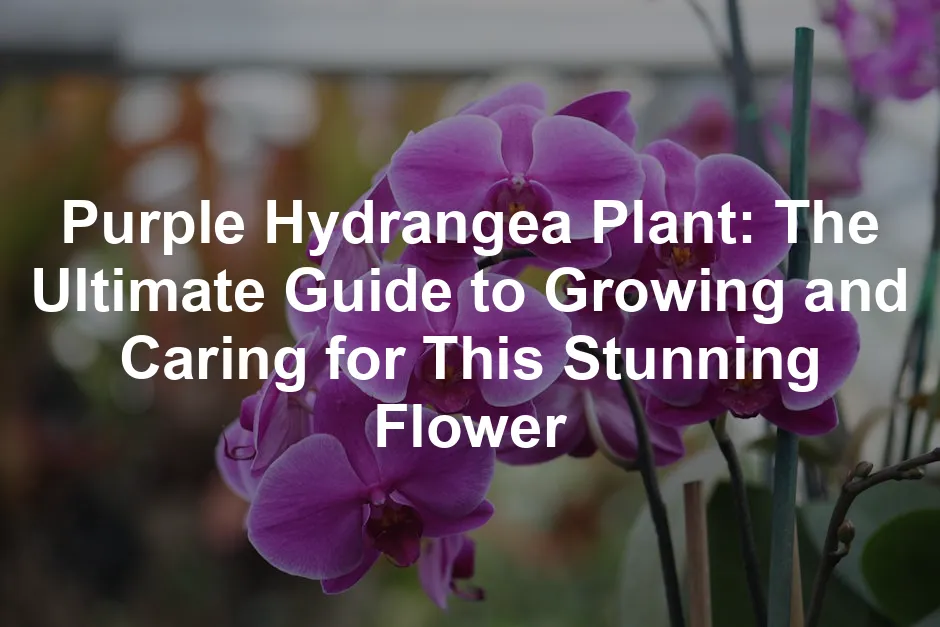
Purple Hydrangea Plant: The Ultimate Guide to Growing and Caring for This Stunning Flower
Introduction
Have you ever admired the beauty of a purple hydrangea? This stunning flower is a favorite among gardeners. Its vibrant color brings life to any garden. Plus, its versatility makes it perfect for various landscaping styles. However, to achieve that breathtaking display, proper care and maintenance are essential. Let’s dive into how to keep these lovely plants thriving!
Summary and Overview
The purple hydrangea, known scientifically as Hydrangea macrophylla, is a beloved flowering shrub. It includes popular varieties like ‘Purple Prince’ and ‘All Summer Beauty’. These plants thrive in well-drained, fertile soil and do best in full sun to partial shade. Purple hydrangeas add a pop of color to landscapes and gardens, making them a staple for many gardeners.
In this guide, we will discuss essential topics such as planting, care, and troubleshooting common issues. Each section is designed to help you grow beautiful purple hydrangeas in your own garden.
To ensure your hands are protected while working with these beautiful plants, consider investing in a pair of Gardening Gloves. They will keep your hands safe from thorns, dirt, and those pesky garden critters!

Understanding the Purple Hydrangea Plant
What is a Purple Hydrangea?
The purple hydrangea is a captivating flowering shrub. Its scientific name is Hydrangea macrophylla, a species known for its large, showy blooms. Common hybrids include ‘Purple Prince’, which showcases deep purple flowers that bloom from late spring through summer. These plants have a bushy habit and lush green foliage that enhances their allure.
Purple hydrangeas are popular in garden design due to their stunning color and ability to thrive in various conditions. They are often used as focal points in landscape designs or as part of vibrant flower arrangements. If you’re interested in the nuances of the purple hydrangea plant, explore different types of hydrangeas available at local nurseries!
Understanding the characteristics and varieties of the purple hydrangea plant can enhance your gardening experience.

Ideal Growing Conditions
Sunlight and Soil Requirements
To flourish, purple hydrangeas need the right sunlight and soil. They thrive in full sun to partial shade, ideally receiving at least four to six hours of sunlight daily. Too much direct sunlight can scorch their leaves, so consider your garden’s layout.
When it comes to soil, hydrangeas prefer well-drained, fertile options with a pH level between 5.5 and 6.5. This range allows for optimal nutrient absorption and vibrant blooms. Good drainage is crucial; soggy soil can lead to root rot.
To ensure your hydrangeas are set for success, check your soil type using a Soil pH Test Kit. Knowing your soil’s composition can make a significant difference in your plants’ health!

Planting Your Purple Hydrangea
Step-by-Step Planting Guide
Planting purple hydrangeas can be a rewarding experience. Timing is crucial for success. The best seasons for planting are spring and fall. During these times, the weather is mild, allowing roots to establish before harsh conditions arrive.
Start by choosing a location with enough sunlight. Purple hydrangeas prefer full sun to partial shade. Next, dig a hole that’s about twice the width of the plant’s root ball but just as deep. This gives roots plenty of space to spread out. Make sure the soil is well-drained, as hydrangeas dislike soggy roots.
After placing your hydrangea in the hole, backfill with soil and gently pack it down. Water your plant immediately after planting. This helps settle the soil and eliminates air pockets. Studies show that properly planted hydrangeas can grow up to three feet in height within a few seasons, ensuring a vibrant display in your garden.
For spacing, allow at least three feet between each hydrangea. This ensures they have enough room to grow and thrive. Remember, proper planting sets the stage for healthy, beautiful blooms!
To make planting easier, download our planting checklist for hydrangeas. It’s a handy tool to guide you through the process!
Don’t forget to equip yourself with a quality Gardening Tools Set to make the digging and planting process a breeze!
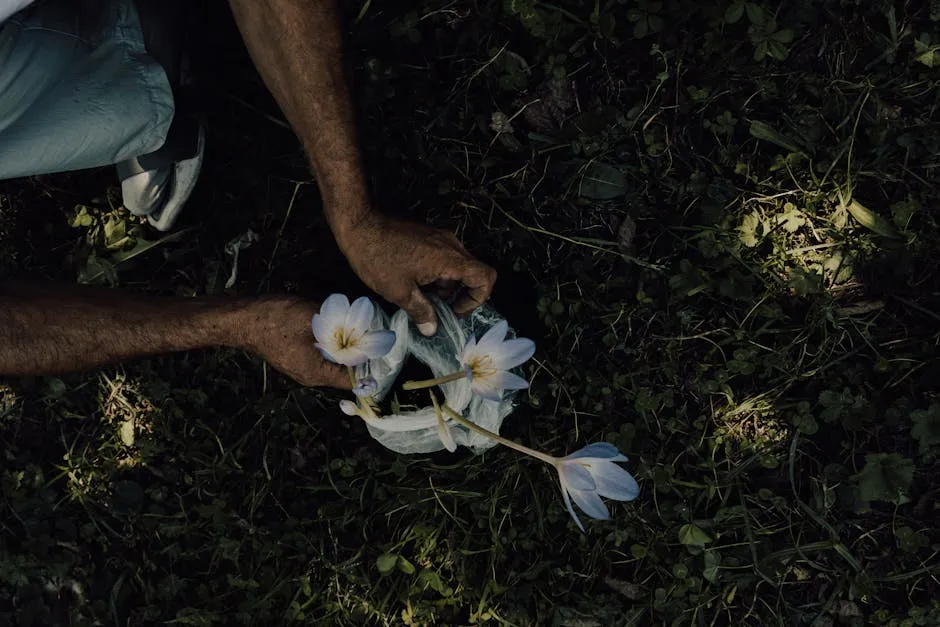
Watering and Fertilization
Essential Care for Hydrangeas
Watering your purple hydrangeas correctly is vital for their growth. These plants typically need about an inch of water per week. During hot, dry spells, you may need to increase this. Check the soil; if it feels dry a couple of inches down, it’s time to water.
Watch for signs of over or under-watering. Yellowing leaves can indicate too much water, while wilting leaves suggest dryness. Adjust your watering accordingly to keep your hydrangeas healthy.
Fertilization is equally important. A balanced fertilizer works best, applied in early spring as new growth begins. You can also use Slow-Release Fertilizer Granules. Follow package directions for application rates to avoid over-fertilizing.
On average, hydrangeas consume about 1.5 gallons of water per week. By staying attentive to their needs, you can enjoy vibrant blooms throughout the growing season.
Want more tips? Sign up for our monthly gardening tips newsletter and keep your garden flourishing!
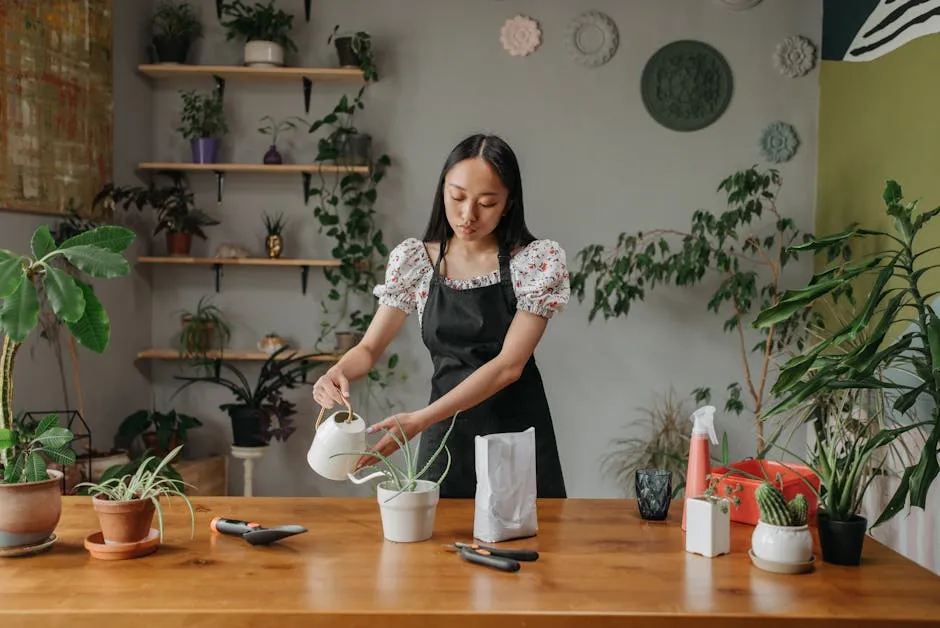
Pruning and Maintenance
Keeping Your Purple Hydrangea Healthy
To keep your purple hydrangea thriving, pruning is essential. The best time to prune is in late winter or early spring. This timing encourages robust growth and vibrant blooms. Use clean, sharp Pruning Shears to avoid damaging the plant. Trim back dead or weak stems, focusing on those that are older. Aim to remove about one-third of the plant to promote healthier flowering.
In addition to pruning, mulching benefits your hydrangea significantly. Apply a layer of Organic Mulch around the base. This helps retain moisture and suppress weeds. Mulching also regulates soil temperature, creating a more stable environment for roots.
Statistics show that proper pruning can increase flowering by up to 50%. This means you’ll enjoy more blooms and a healthier plant overall. For optimal hydrangea maintenance, remember to monitor soil moisture and keep your plant hydrated.
Ready to master pruning techniques? Watch our video on hydrangea pruning for expert tips and tricks!
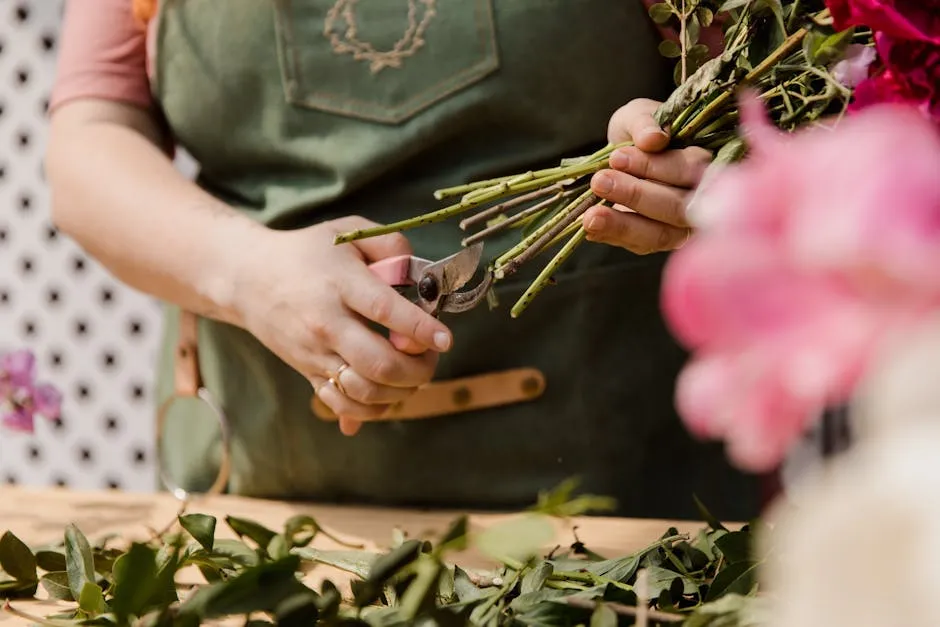
Troubleshooting Common Issues
Pest and Disease Management
Purple hydrangeas can face several pest and disease challenges. Common pests include aphids, spider mites, and scale insects. Aphids can be particularly troublesome, sucking sap from leaves and causing them to curl. To control these pests, spray them with a strong stream of water or use Insecticidal Soap for effective treatment.
Diseases can also affect your hydrangeas. Powdery mildew is a frequent issue, especially in humid conditions. This fungal disease appears as a white powdery coating on leaves. To prevent this, ensure good air circulation around your plants. Space them properly and avoid overhead watering, which can create a damp environment.
Statistics reveal that nearly 30% of hydrangea plants suffer from pest infestations. Regularly inspecting your plants can help catch issues early. For prevention, consider using Neem Oil or other organic solutions to keep pests at bay.
Want to take control of your garden? Download our pest management guide for hydrangeas and keep your plants healthy and beautiful!

The Beauty of Purple Hydrangeas in Landscaping
Purple hydrangeas are a stunning addition to any garden. Their vibrant blooms create a striking focal point. You can incorporate them in various ways to enhance your landscape design.
Consider planting purple hydrangeas near pathways or entryways. This draws attention and welcomes guests. Pair them with companion plants like hostas or ferns for a lush look. The soft greens of these plants beautifully contrast with the rich purple hues.
For seasonal planting, mix purple hydrangeas with spring bulbs like tulips. This combination creates a colorful display that transitions beautifully into summer.
Did you know that attractive landscaping can increase property value by up to 15%? A well-placed hydrangea can make a significant difference.
Get creative and play with color combinations. Purple hydrangeas blend well with whites, pinks, and blues. These combinations can elevate your garden aesthetics and bring a sense of harmony.
Now, we want to see your creativity! Share your hydrangea garden photos on social media with us!
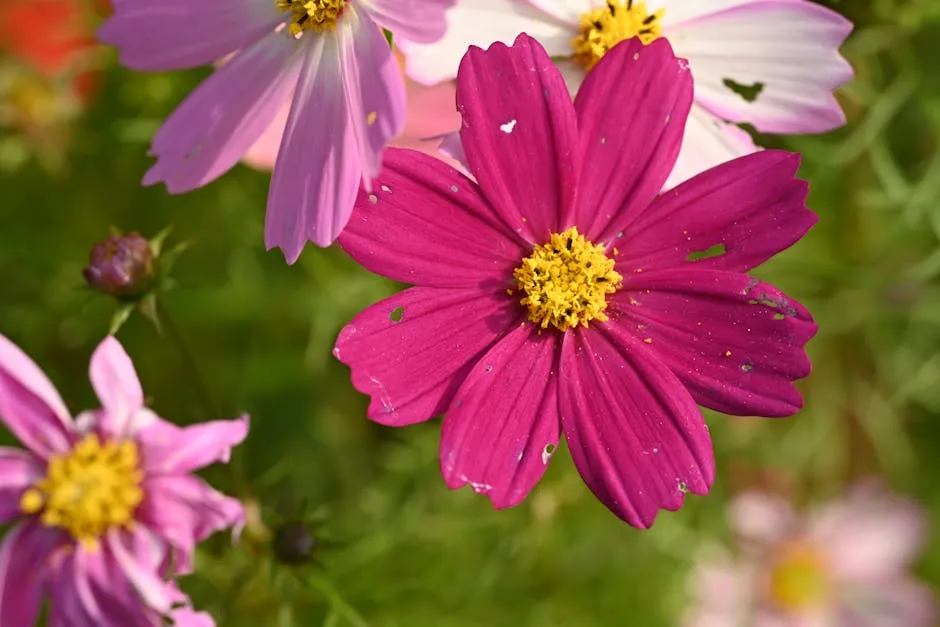
Conclusion
In this guide, we discussed the care and beauty of purple hydrangeas. Their vibrant blooms and versatility make them a fantastic choice for any garden. We encourage you to try growing purple hydrangeas in your own outdoor space.
The rewarding experience of cultivating these stunning plants is unmatched. With the right care, you’ll enjoy beautiful, thriving hydrangeas for years. Happy gardening!
And while you’re at it, why not spruce up your outdoor space with some Outdoor Garden Decor? It adds personality and charm to your garden!
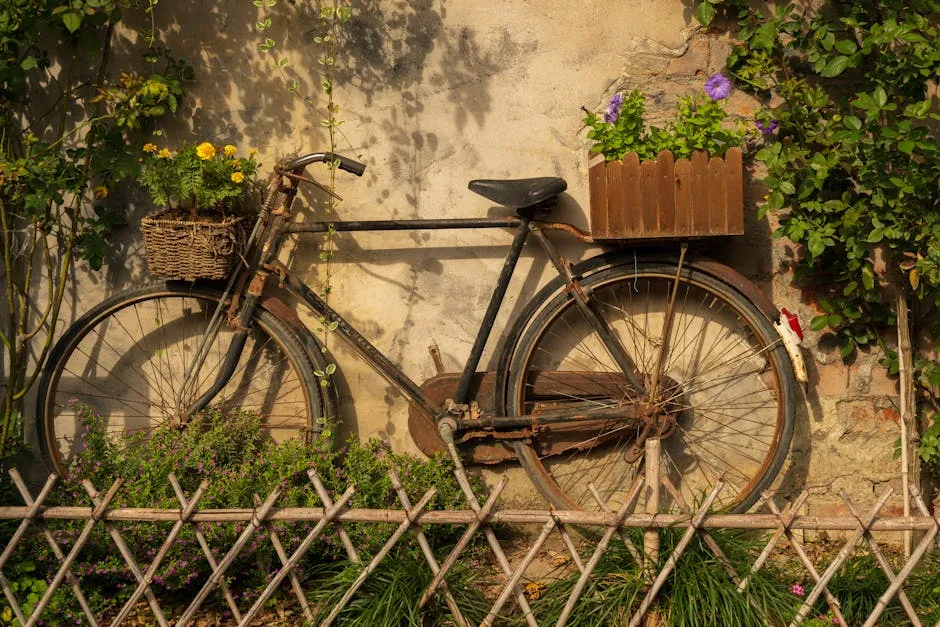
FAQs
How do I change the color of my hydrangea flowers?
Changing your hydrangea’s flower color is fascinating! It primarily hinges on soil pH and aluminum levels. Acidic soil (pH below 6) tends to produce blue flowers, while alkaline soil (pH above 7) encourages pink blooms. For purple hydrangeas, aim for a balanced pH around 6. Adding aluminum sulfate can intensify blue tones. Test your soil regularly for best results!
When is the best time to plant purple hydrangeas?
The ideal planting seasons for purple hydrangeas are spring and fall. In spring, wait until the last frost. Fall planting allows roots to establish before winter. Check your climate zone for specific timing. This helps ensure your hydrangeas thrive!
How often should I water my hydrangea?
Water your purple hydrangea about once a week. During hot, dry periods, increase frequency. The soil should remain moist but not soggy. Signs of drought stress include wilting leaves and drooping stems. Always check the soil moisture before watering!
Can I grow purple hydrangeas in pots?
Yes, purple hydrangeas are perfect for container gardening! Choose a large pot with drainage holes. Use well-draining, fertile soil. Ensure your plant receives adequate sunlight, ideally full sun to partial shade. Regular watering is crucial, so monitor moisture levels closely.
What are the most common pests affecting hydrangeas?
Common pests that target hydrangeas include aphids, spider mites, and scale insects. To prevent infestations, regularly inspect your plants. Use insecticidal soap for pests like aphids. For spider mites, increase humidity around your plants. Keeping your hydrangeas healthy is key to pest prevention!
Please let us know what you think about our content by leaving a comment down below!
Thank you for reading till here 🙂
All images from Pexels



